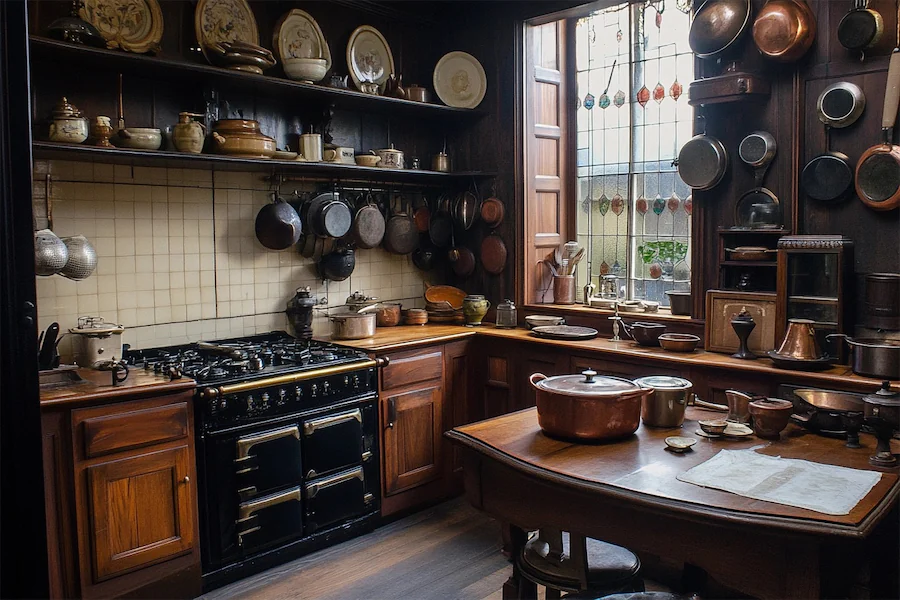An Edwardian kitchen reflects the elegance and functionality characteristic of the Edwardian era (1901–1910). This article explores the history, key features, applications, and considerations when designing an Edwardian kitchen.
Introduction to Edwardian Kitchens
Edwardian kitchens are known for their blend of traditional craftsmanship and early modern conveniences. They often feature a lighter and more open design compared to their Victorian predecessors, emphasizing practicality and cleanliness. In contemporary homes, Edwardian kitchen designs can be adapted to incorporate modern amenities while preserving historical charm.
History and Origins of Edwardian Kitchens
During the Edwardian era, there was a shift towards more efficient and hygienic kitchen spaces. Advancements in technology introduced gas stoves and improved plumbing, enhancing functionality. The design emphasized simplicity and lightness, moving away from the darker, more ornate Victorian style.
Key Features of Edwardian Kitchens
Edwardian kitchens are distinguished by several hallmark features:
- Light Color Palettes: Utilization of soft, neutral tones such as creams, whites, and light pastels to create an airy and clean atmosphere.
- Functional Layouts: Emphasis on efficient use of space with well-organized work areas, including ample countertops and storage solutions.
- Natural Materials: Incorporation of quality materials like wood and stone, reflecting the era’s appreciation for craftsmanship.
- Traditional Fixtures: Inclusion of period-appropriate fixtures such as Belfast sinks, brass taps, and classic cabinetry to enhance the historical aesthetic.
- Decorative Details: Use of subtle decorative elements like cornices, moldings, and tiled backsplashes to add character without overwhelming the space.
Applications of Edwardian Kitchens
The versatility of Edwardian kitchen designs allows them to be adapted to various settings:
- Historic Homes: Restoring or renovating kitchens in period homes with Edwardian features can enhance the property’s original character.
- Modern Residences: Incorporating Edwardian design elements can add a touch of elegance and timelessness to contemporary kitchens.
- Eclectic Spaces: Blending Edwardian features with other design styles can create a unique and personalized kitchen environment.
Considerations When Choosing an Edwardian Kitchen
When planning an Edwardian kitchen, consider the following:
- Authenticity: Incorporate genuine or reproduction Edwardian elements to maintain historical accuracy and integrity.
- Functionality: Ensure that modern appliances and conveniences are seamlessly integrated without compromising the period aesthetic.
- Material Selection: Choose durable, high-quality materials that reflect the craftsmanship of the Edwardian era.
- Cohesion: Ensure that the Edwardian kitchen elements harmonize with the overall style and architecture of your home.
Conclusion
Edwardian kitchens offer a harmonious blend of elegance, functionality, and timeless appeal. By understanding their history, key features, and applications, you can design a kitchen that reflects the enduring charm of the Edwardian era while meeting contemporary needs.
